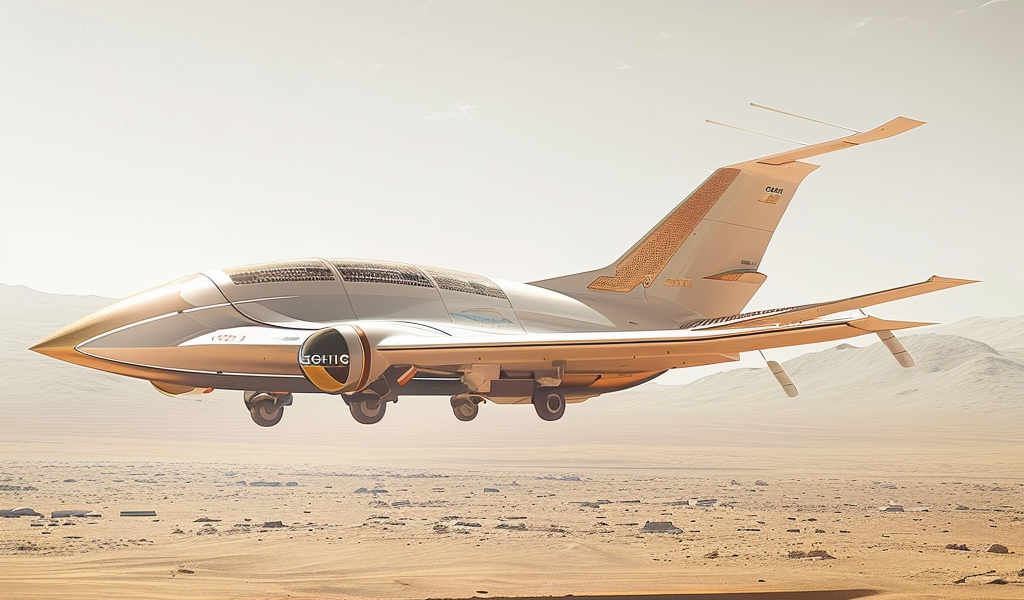A new era of Martian exploration may be on the horizon following the success of the Ingenuity helicopter. Scientists are now envisioning the potential for an airborne future for Mars with the development of a robotic, 18-propellor flying vehicle named MAGGIE.
NASA’s Innovative Advanced Concepts (NIAC) program has selected MAGGIE for phase 1 development, providing funding for the team behind the project to further develop the cutting-edge technology needed to potentially make MAGGIE a reality. The team, consisting of members from the Jet Propulsion Laboratory, Purdue University, and aerospace company CoFlow Jet, aims to explore Mars from high in its pinky-red sky with the innovative vehicle.
An impressive new animation depicts MAGGIE’s journey to Mars, starting with its launch on a rocket that will transport it to the red planet over the course of eight months. Upon arrival, MAGGIE will descend through the thin Martian atmosphere while protected by a heat shield and parachute. Subsequently, a retro, rocket-powered sky crane apparatus will complete the landing, similar to the method used for delivering the Curiosity and Perseverance rovers to Mars.
Once on the Martian surface, MAGGIE’s 18 propellers, powered by solar panels lining its large, winged fuselage, will spring into action. The vehicle’s rudders on the wings can direct thrust, enabling vertical takeoff and landing (VTOL) in the absence of landing strips or runways on Mars.
MAGGIE’s planned capabilities are remarkable, as it is designed to reach Mach 0.25 on a fully charged battery. In Mars’ atmosphere, Mach 1—the speed of sound—is slower than on Earth, measured at 879.3 kilometers per hour (546.4 miles per hour) at ground level. Therefore, achieving Mach 0.25 at MAGGIE’s cruising altitude of 1 kilometer (0.6 miles) equates to approximately 210 kph (130 mph). While its time in the Martian sky will be limited by the need for solar panels to function during the day and recharge in the morning, MAGGIE’s total range across a Martian year (687 Earth days) would be an impressive 16,048 km (9,972 miles).





